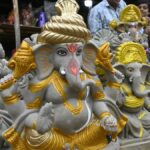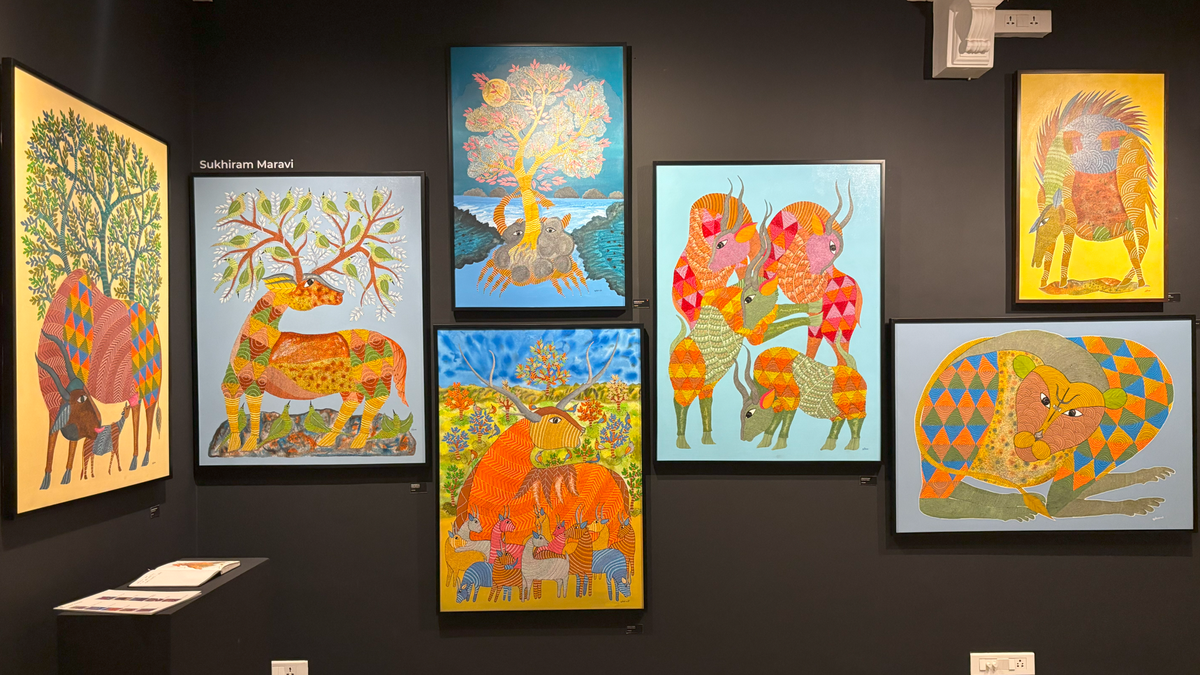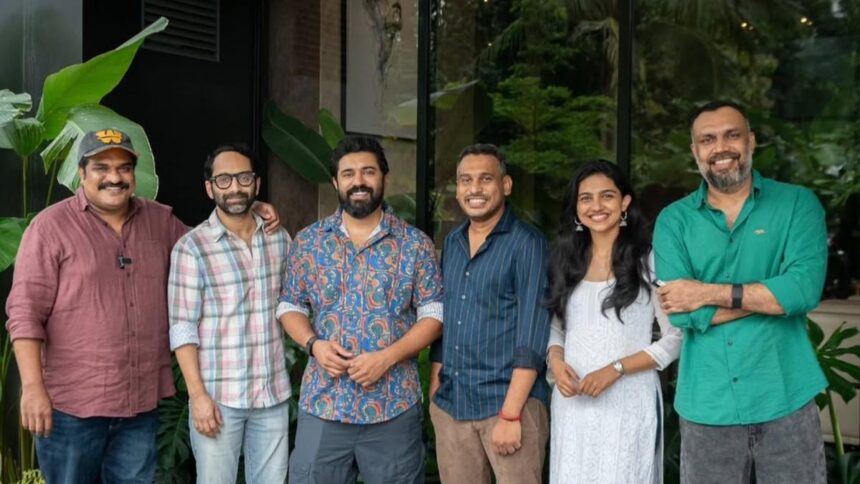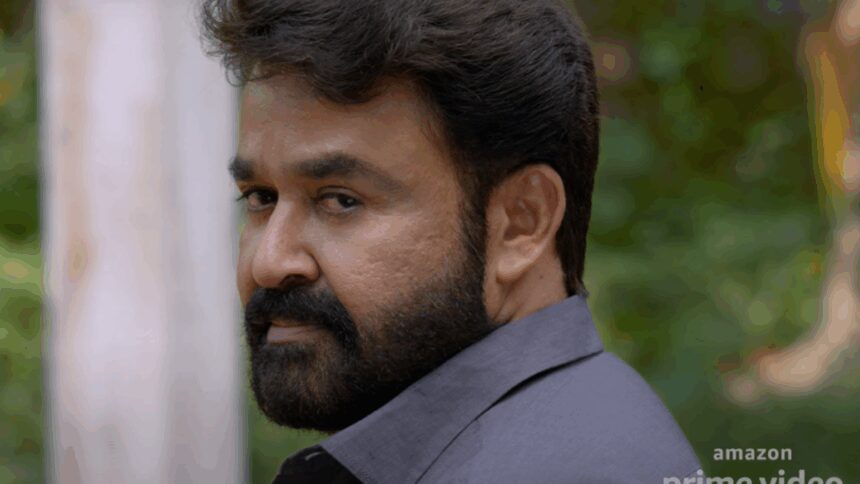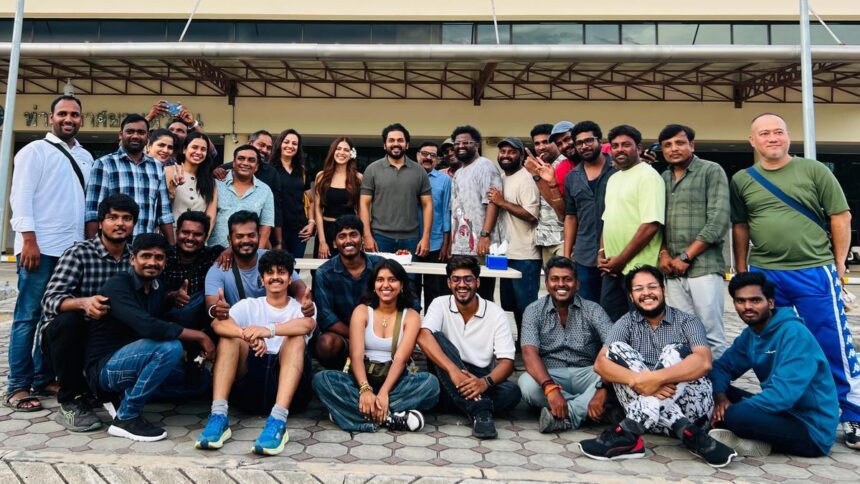In a playful mix of Gond art and folk surrealism, Sandeep Dhurve’s pelican — its delicate feathers made from fish — opens its exaggerated throat pouch to swallow a large fish and an elephant. White Pelicon was one of the artworks on display at Mentoring Magic, a recent exhibition at Gallery 47-A in Mumbai’s Khotachi Wadi. “I have a deep interest in wildlife and plants, and I try to convey interesting facts and hidden stories about them] through my paintings,” says Dhurve, 23, who hails from Bhopal, Madhya Pradesh.
White Pelicon
Dhurve was one of nine indigenous participants in the showcase supported by Project Tarasha, a social initiative of watch brand Titan Company, which acts as an organic incubator for rural artisans. As a part of their Creative Enterprise Development Programme, they handpicked nine artists to go through digital and business skills training, as well as a six-month design mentorship led by artist and product designer Aditi Prakash, the founder of accessory brand Pure Ghee Designs.
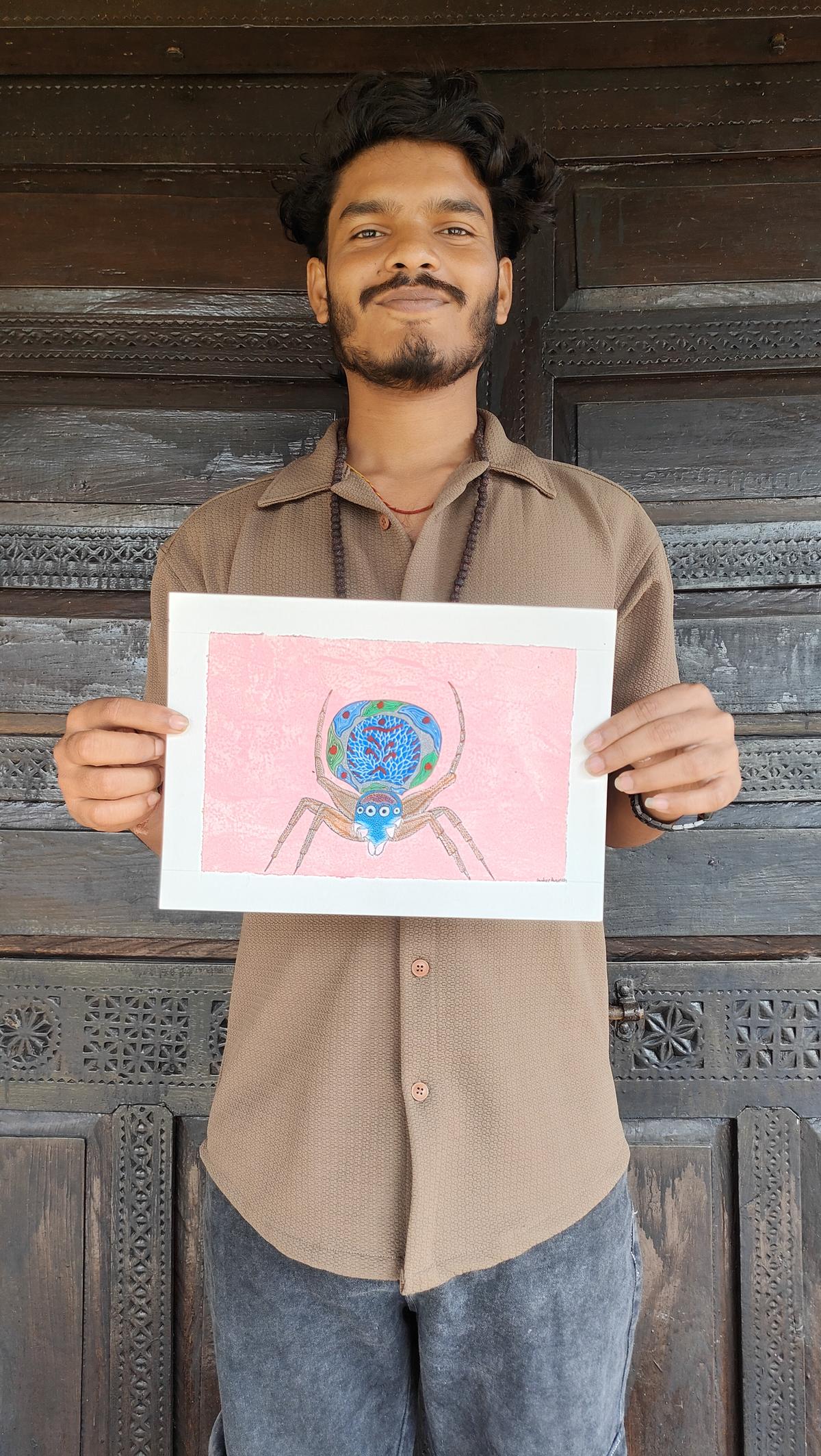
Sandeep Dhurve
Her goal was to push the boundaries of the young artisans’ creativity and storytelling in their practised art forms: Madhubani, Gond, and Bhil. “We wanted them to be able to express their stories with greater clarity, confidence, and individuality, while remaining rooted in their deep visual tradition,” says Prakash.

“The power of the privileged world to make a change if they wanted to, whether through funding, mentoring, structuring, marketing, and that it is our responsibility to spread the magic that is around us.”Srila ChatterjeeFounder of Gallery 47-A and Baro Market, and a tireless advocate for democratising all forms of art
A contemporary take
The six-month process encouraged the artisans to articulate personal experiences, local myths, and everyday occurrences in their visual language. They were given space at the material lab to find their voice and develop their technical fluency.
Exposed to a wide range of mediums beyond their usual acrylic paints, such as natural pigments, the artists explored unfamiliar techniques of layering surfaces and adding textures. “This was the first time they had been invited to think beyond form and pattern, and into meaning and intent,” says Prakash. They were encouraged to take risks in their compositions — “to help think about how the entire surface of the canvas could contribute to the mood or meaning of the work”.
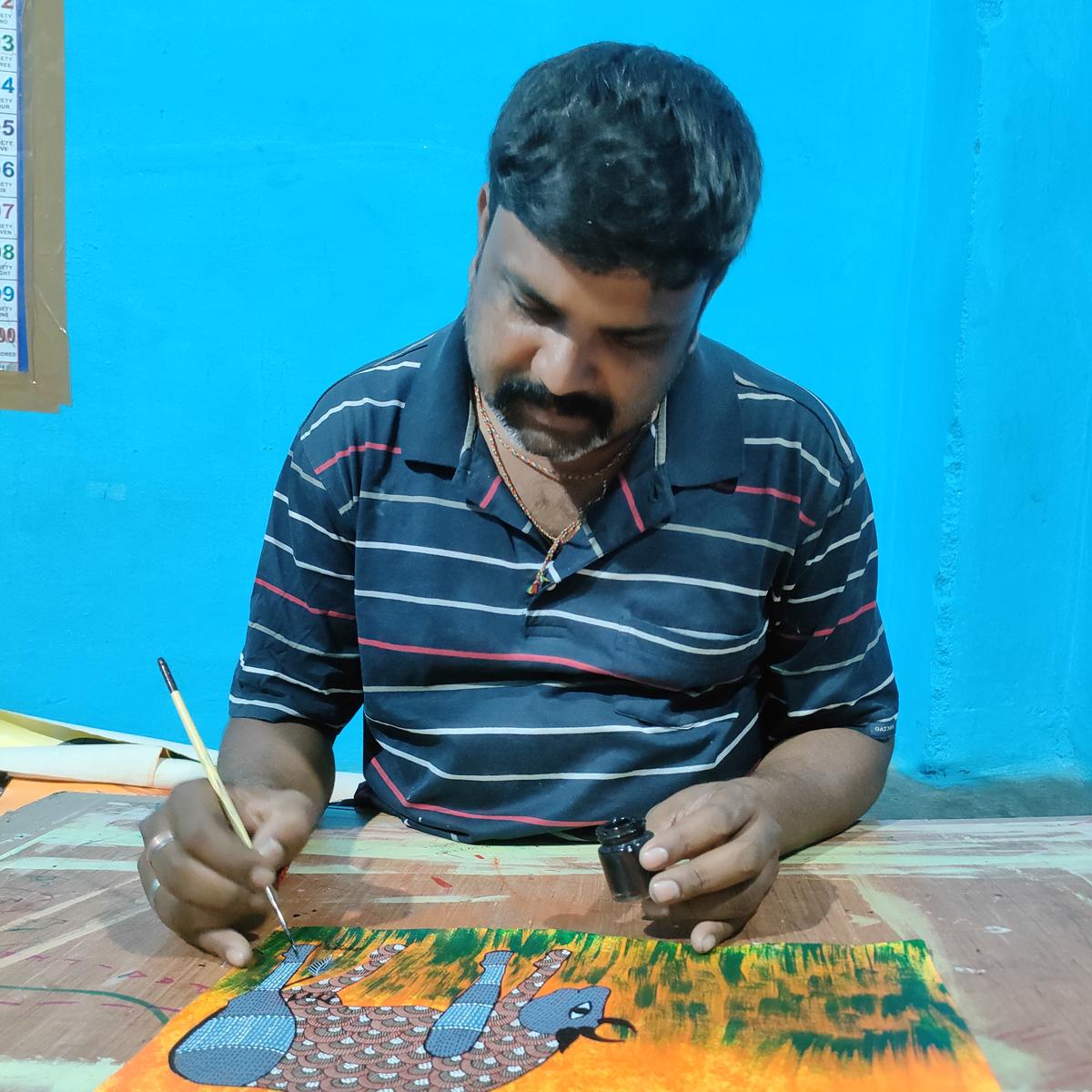
Bhil artisan Brajbhushan Dhurve at work
Bhopal-based Kamta Tahed, 37, was one of the participants. The daughter-in-law of famed Bhil artist Lado Bai, she developed her artistic voice after her marriage, under the watchful eye of the matriarch. Tahed’s art is rooted in spirituality, naturism, and rural life, and at the show she included village vignettes and a pared-down depiction of Krishna.
The mentorship included a field trip to Sanchi, the first visit to the Buddhist Complex for many of them, where they spent a day sketching and absorbing the historical significance of the place. For Tahed, who is working on expanding her Sanchi and Krishna series of works, the experience was eye-opening. “I learnt how to turn my art into a story, how to create new backgrounds,” she says, adding that the idea of “less” also took root — “how important is it to limit colours”, as visible in her dual-toned paintings.
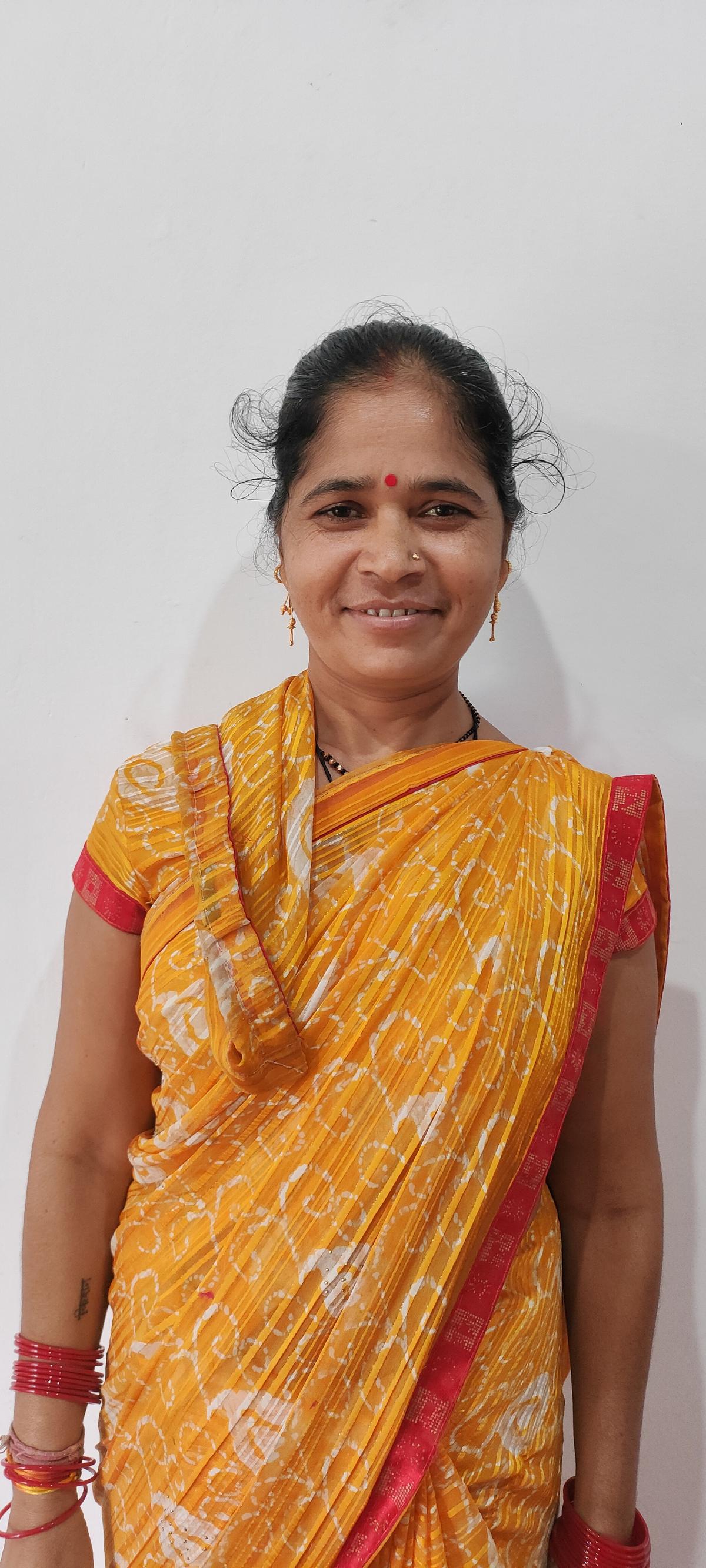
Kamta Tahed
From artisans to artists
Each artist maintained a daily diary to jot down new experiences or make quick five-minute drawings. This perspective-shifting habit helped them notice the world around them differently — to capture fleeting images, and develop a personal relationship with their subject.
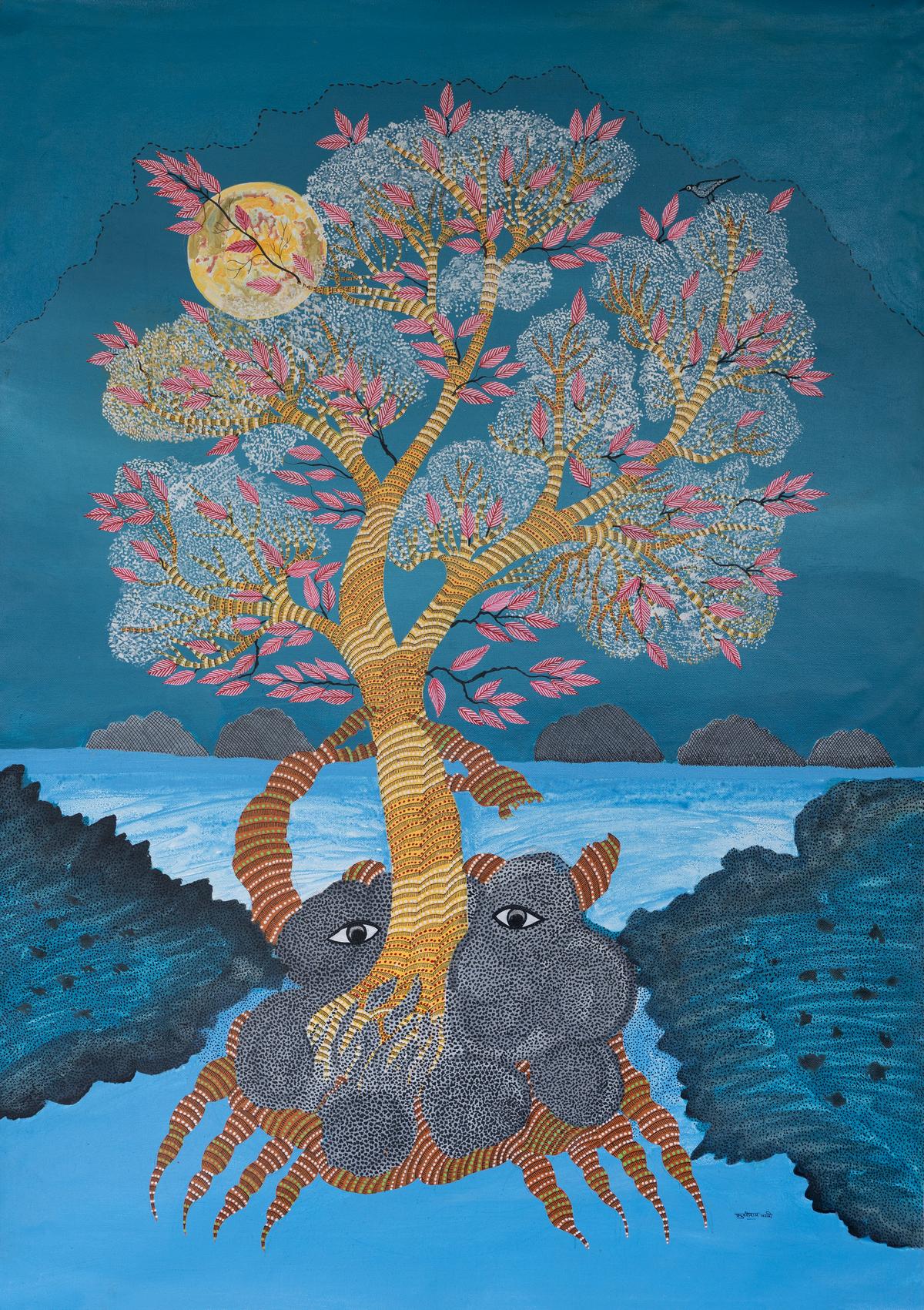
Art by Sukhiram Maravi
| Photo Credit:
Devika Raman
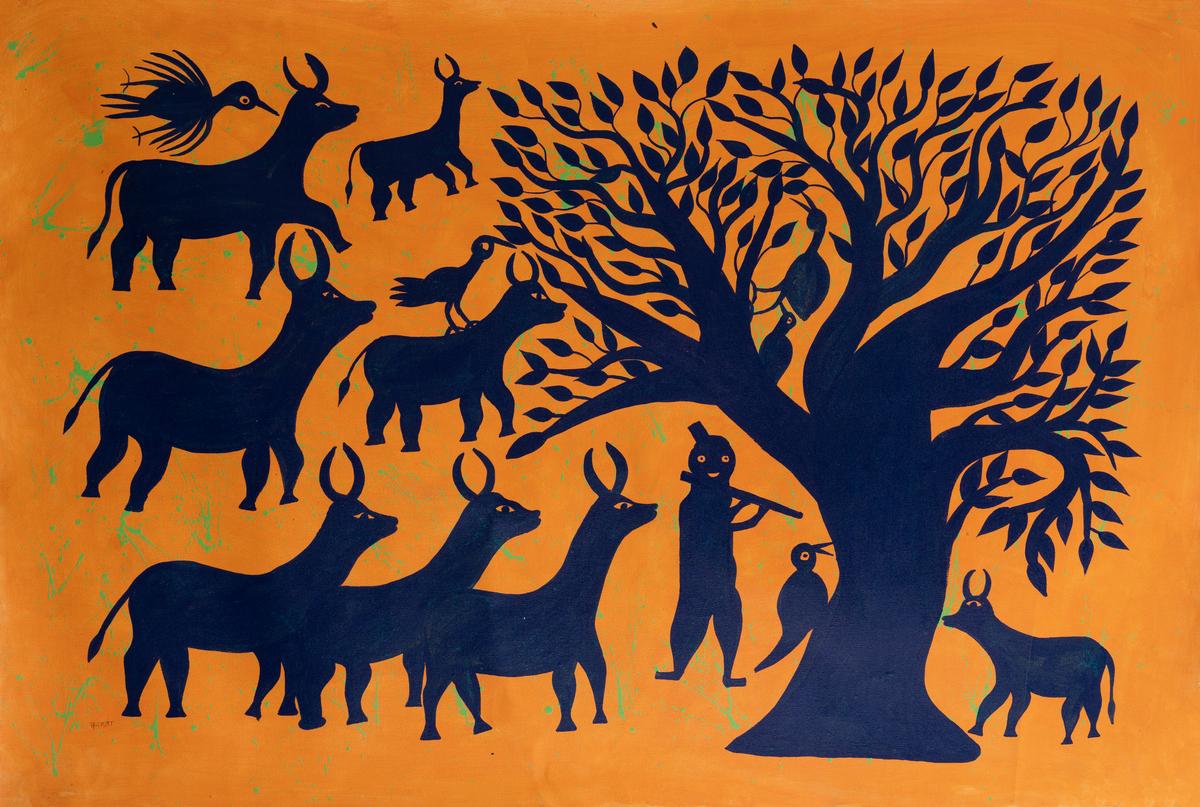
Kamta Tahed’s dual-toned Krishna
| Photo Credit:
Devika Raman
For Preeti Das, 37, a Madhubani artist, her decade-long experience has been primarily restricted to a community that sold artworks through subsidised governmental exhibitions. Until Project Tarasha. “Traditional art forms have their own identity, but modernity is equally important,” says Das, whose post-mentorship artworks include a selection centred around the modern Indian woman: playing a guitar with a dog as a companion, riding a bike in cycling shorts, and friends enjoying coffee and conversations in a café.
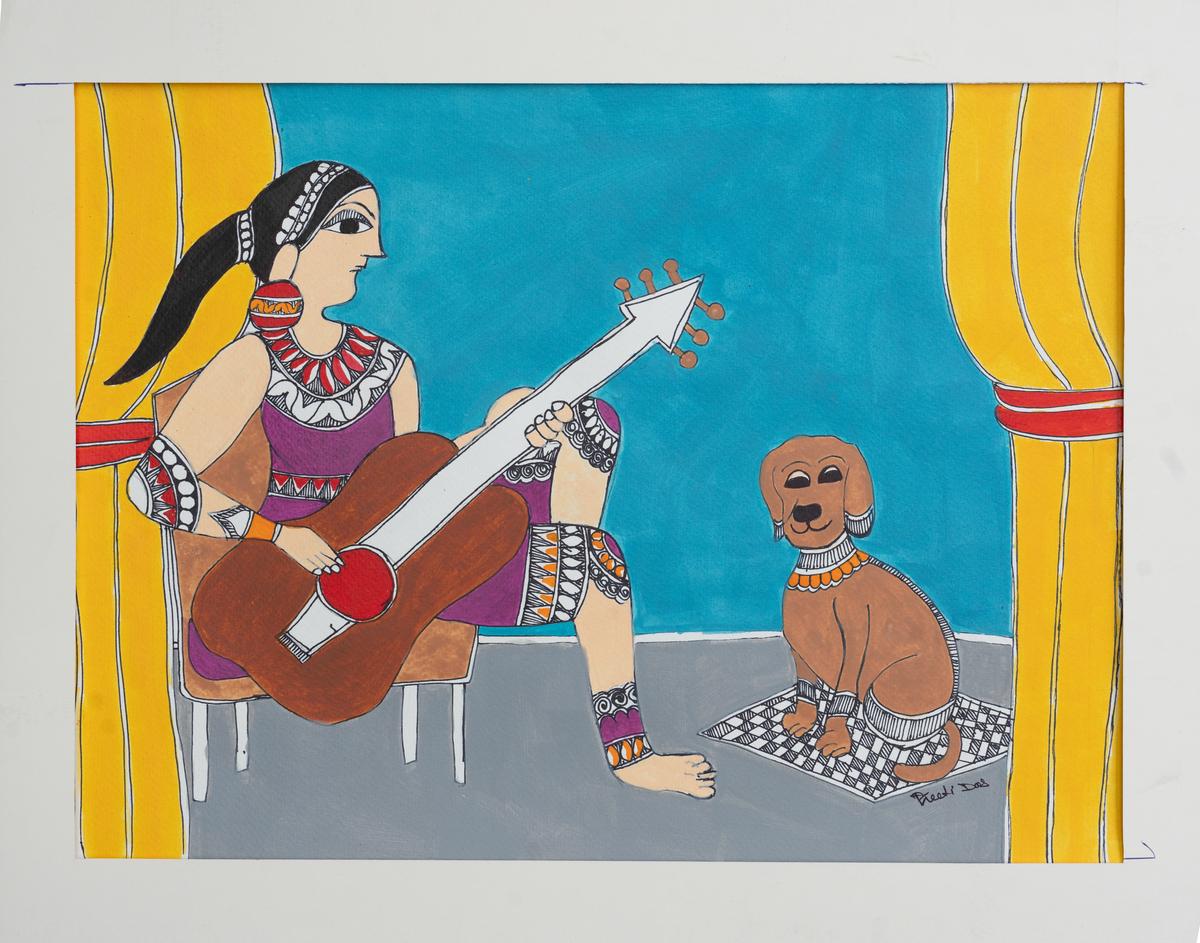
Preeti Das’ Madhubani art
| Photo Credit:
Devika Raman
Prakash views these as early but significant steps toward a deeper kind of authorship, “where they are not just representing inherited stories, but interpreting the world in their voice”. She adds: “This is only the beginning of that journey, but already, the changes are visible in the way they compose, reflect, and create.” The artworks are currently listed on the Baro Art website.
The writer is a sustainability consultant and founder of Beejliving, a lifestyle platform dedicated to slow living.
Published – July 12, 2025 08:08 am IST






